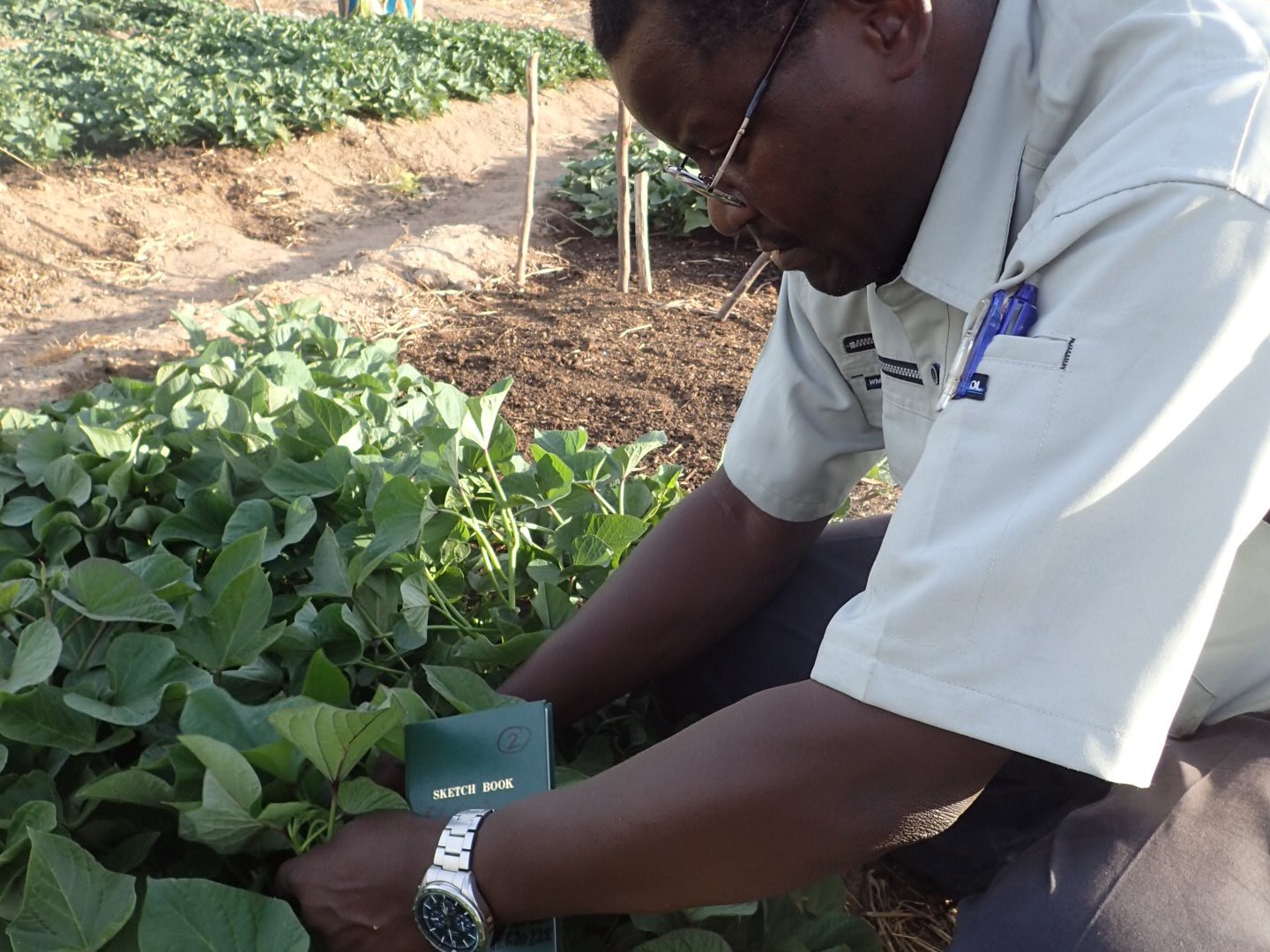R&D

The art of dried sweet potatoes.
It is applied to new products.
The art of dried sweet potatoes.
It is applied to new products.
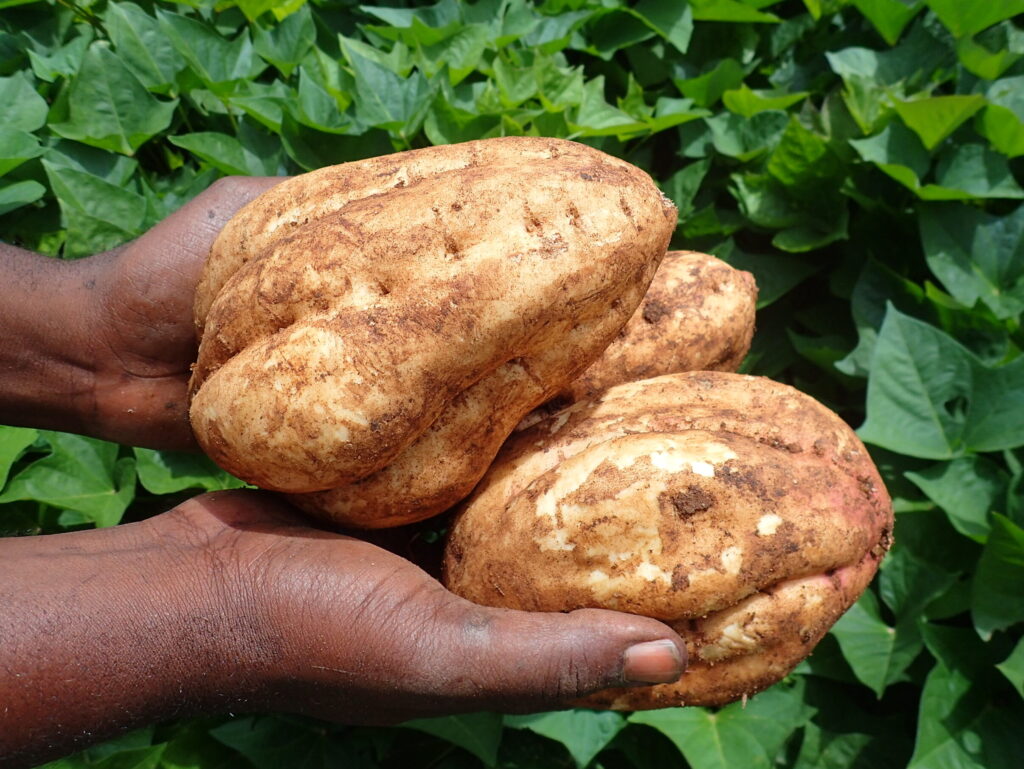
Registration of sweet potato variety
“Tamayutaka,” which has a deep-rooted popularity as an ingredient for dried sweet potatoes, has been registered as a variety in Tanzania. As a nostalgic fan of dried sweet potatoes, the area planted with Tamayutaka is decreasing every year in Ibaraki.
This is because of these reasons; the spread of new varieties, the decrease in the number of dried sweet potato farmers due to the aging of the population, and the difficulty of Tamayutaka becoming a good source of dried sweet potatoes due to global warming… This is why there is no competition between dried sweet potato farmers in Tanzania and Ibaraki.
Variety registration is done in partnership with Tanzania Agricultural Research Institute (TARI). Sweet potatoes are a cash crop that can be grown without fertilizers or pesticides. Tamayutaka is very popular among local farmers because of its high yield, disease resistance and ease of production.

How to make dried sweet potatoes
In the process of making dried sweet potatoes, the harvested sweet potatoes are stored and fully saccharified to make them sweet and delicious before processing. We have repeatedly tested the saccharification of harvested sweet potatoes while promoting the registration of the Tamayutaka variety.
Because of the different environment between Japan and Tanzania, the first two years were a series of failures as mold grew even after saccharification in a storage facility imported from Japan. In the third year, we found a clue to the storage method, and the quality of sweet potatoes in the region has improved.
We also received guidance from Terunuma Katsuichi Shoten on other processes, such as steaming and drying, to make the process more suitable for this region. After five years of trial and error, we have finally achieved the same quality as dried sweet potatoes made in Japan.
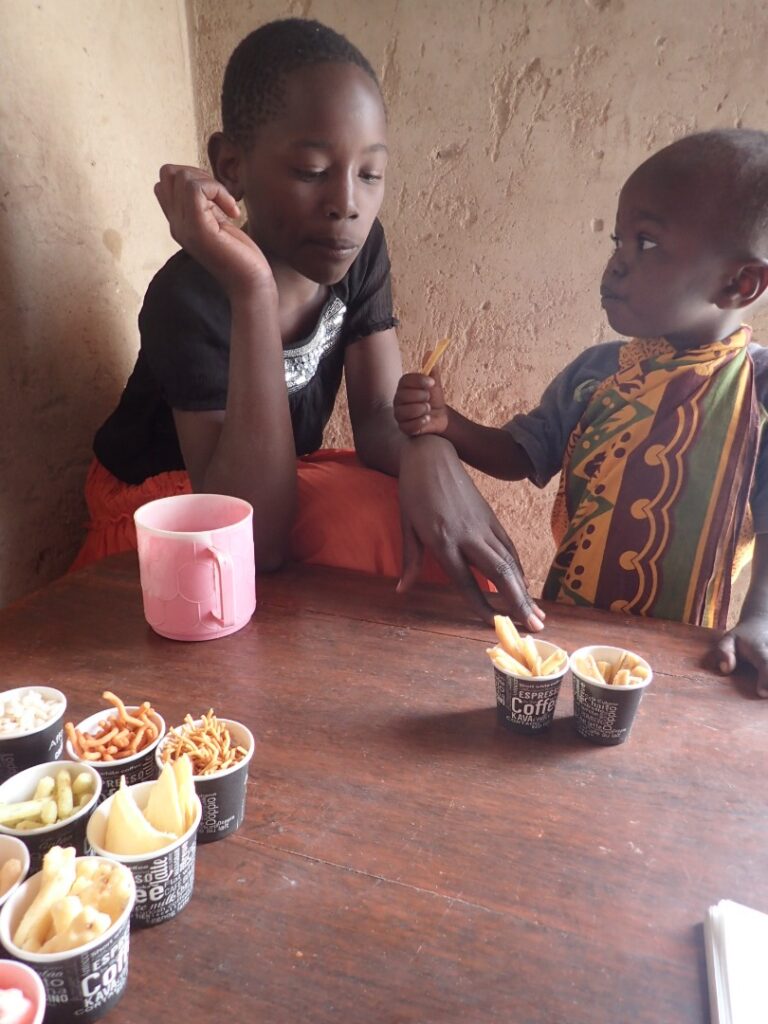
Survey of children’s preferences
No matter how nutritious they are, children will not eat them unless they taste good. That is why we wanted to know what kind of snacks children like. We are investigating the preferences of local children from a variety of angles, including ingredients, color, aroma, texture, and manufacturing method.
To this end, we are holding the “Confectionary Competition”. The contestants will be selected from a variety of snacks sold in Tanzania, including standard Japanese sweets and imported sweets. The children are asked to try two sweets at a time and choose the one they like best.
Some of the results were surprising. For example, children surprisingly do not like puff snacks of corn grits. In fact, they liked the nostalgic, simple snacks like those found in the snack boxes of grandmothers in the Showa era in Japan.
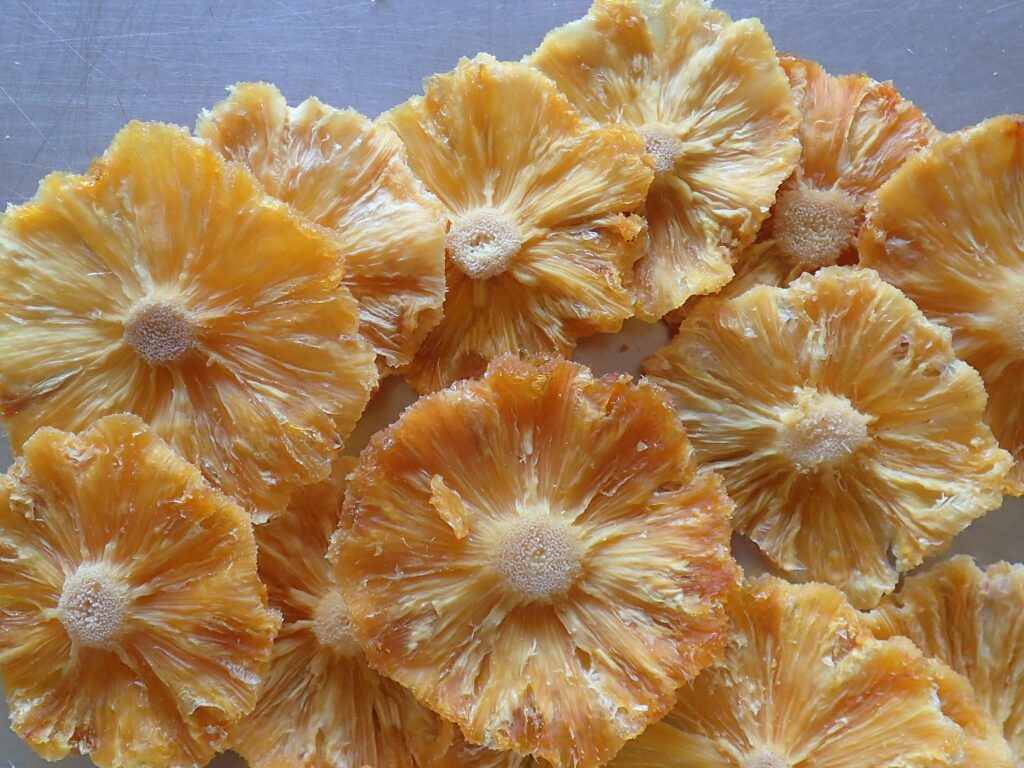
Dried Fruit Process
The four elements that make up the deliciousness of dried sweet potatoes are texture, sweetness, aroma, and appearance. These four elements are created by the variety of sweet potatoes, cultivation method, storage conditions, steaming method, and drying method.
In the case of dried fruits, sourness is an important element of taste. The unique sweet aroma of the fruit is also an important factor. For example, in the case of dried mangoes, there are only three months a year when we can procure mangoes that meet our requirements and produce them without using sugar.
We have to go to the fields to harvest, store to increase the sugar content, take advantage of the aroma and taste, and then dry to make it soft, shelf-stable, and beautiful in appearance. We are constantly experimenting and researching how to maintain a balance between these relative contradictions.
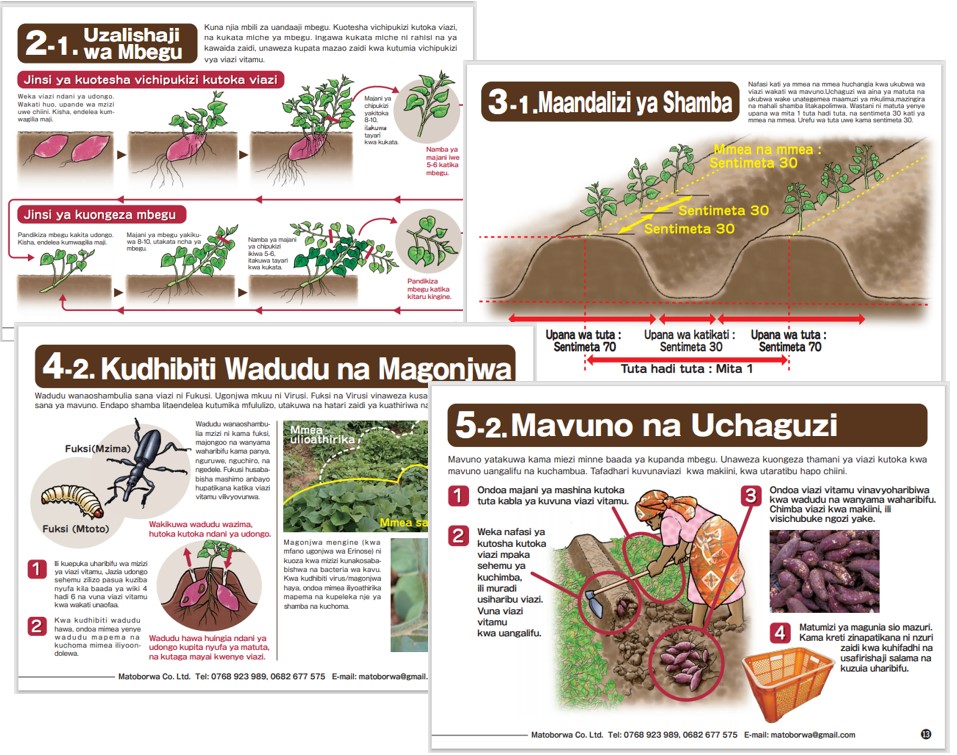
Cultivation techniques
The know-how gained from the many fields each year is fed back to the farmers to improve the excellence rate. This is because more income on the farmers’ side means that we can secure good quality raw materials.
For this reason, we have created a cultivation manual that we give to farmers to improve the rate of superior products. There are many factors that contribute to the excellence rate of potatoes, such as how to grow the seedlings, the size of the rows in the field, the planting method, and the planting interval.
And since the environment differs from region to region, know-how from one region may not be useful in another. We will continue to humbly listen to farmers and continue to research cultivation methods to increase the percentage of superior products.

